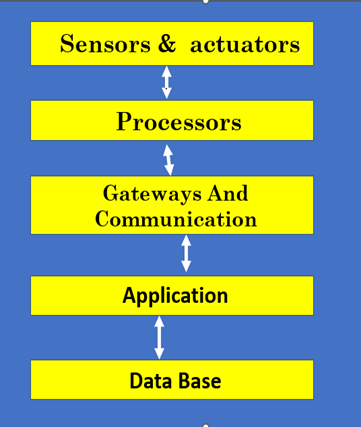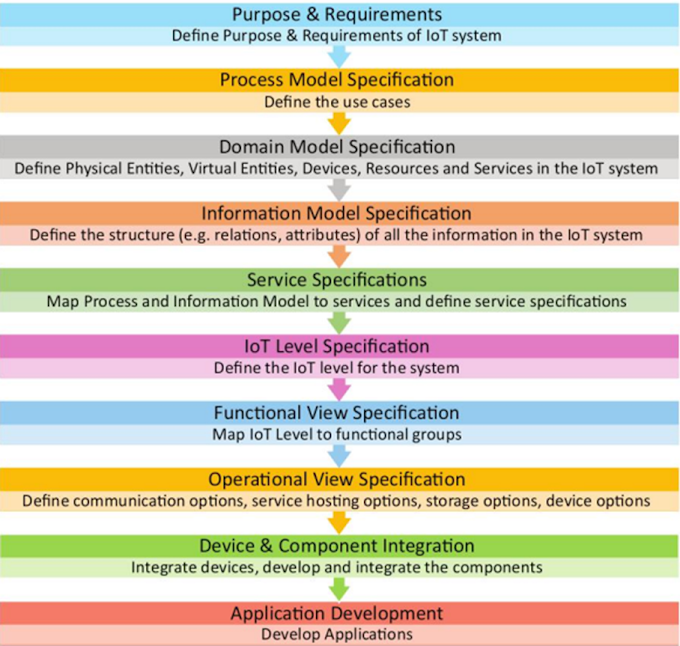INTRODUCTION OF CLOUD SECURITY
Refers to the
set of policies, technologies, and practices designed to protect data,
applications, and infrastructure hosted in cloud environments from threats,
unauthorized access, and data breaches.
Key Components of Cloud Security
1. Data Security:
- Encryption:
- Data Loss Prevention (DLP):
- Backup and Recovery:
2. Identity and Access Management (IAM):
- Authentication:
- Authorization:
- Single Sign-On (SSO):
3. Network Security:
- Firewalls:
- Virtual Private Cloud (VPC):
- DDoS Protection:
4. Application Security:
- Secure Development Practices:
- Web Application Firewalls (WAF):
- API Security:
- Protects devices (laptops, mobiles, etc.)
6. Monitoring and Threat Detection:
- Security Information and Event
Management (SIEM):
- Intrusion Detection and Prevention Systems
(IDPS):
- Cloud-Native Monitoring Tools:
- Ensures adherence to regulations
- Implements policies .
- Regular security assessments.
8. Shared Responsibility Model
Cloud security
operates under a shared responsibility model, where responsibilities are
divided between the cloud service provider (CSP) and the customer:
- Cloud
Provider Responsibilities:
- Customer Responsibilities:
The exact division depends on the cloud service model:
- IaaS
- PaaS
- SaaS
Common Cloud
Security Challenges
1.
Misconfigurations:
2. Insider
Threats:
3. Advanced
Persistent Threats (APTs):
4. Shadow
IT:
5. Multi-Cloud Complexity:
Emerging Trends in Cloud Security
- AI and
Machine Learning:
- Cloud-Native
Security:
- Confidential
Computing:
- Serverless
Security:
- Zero Trust
Architecture:



0 Comments